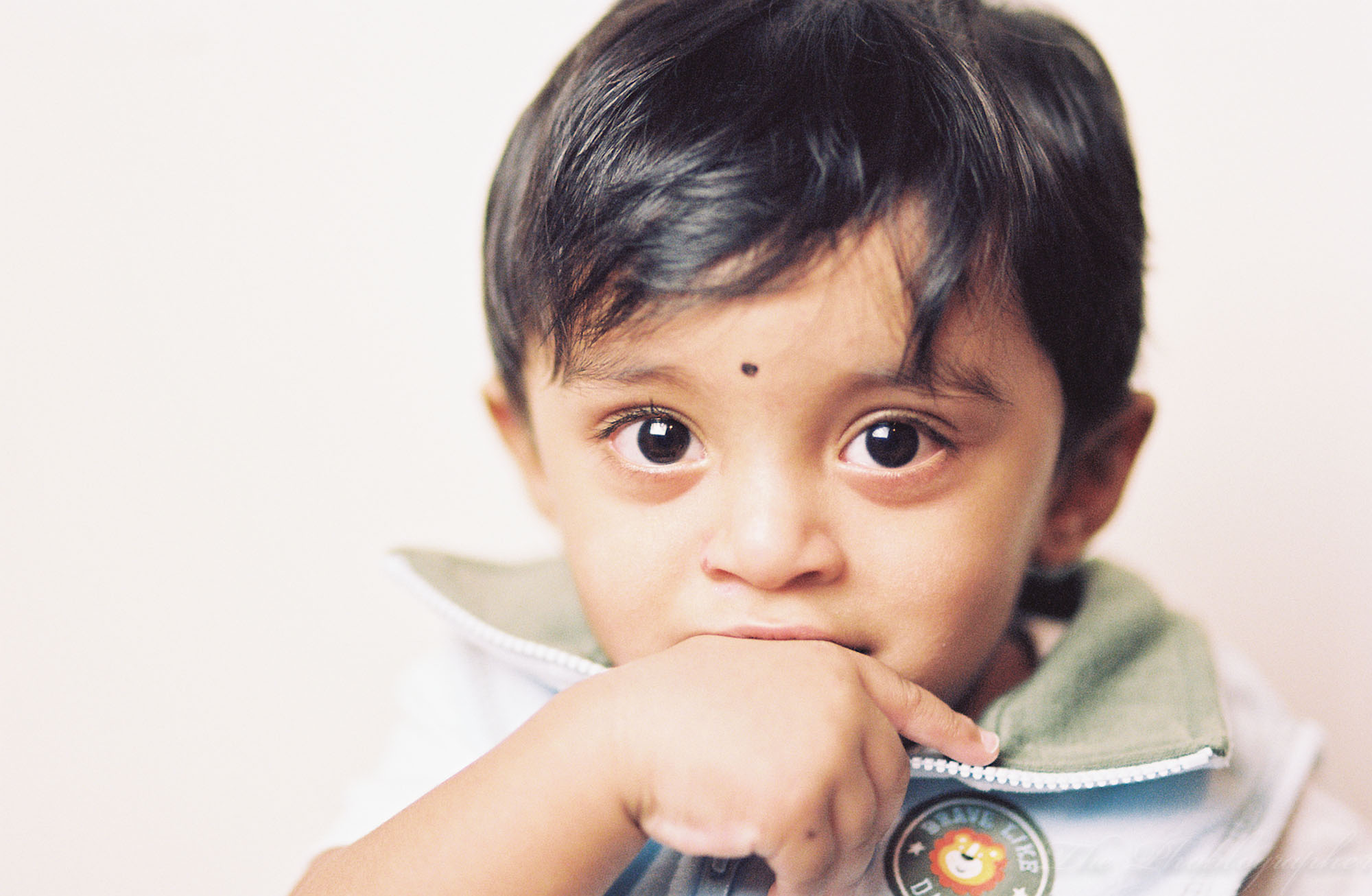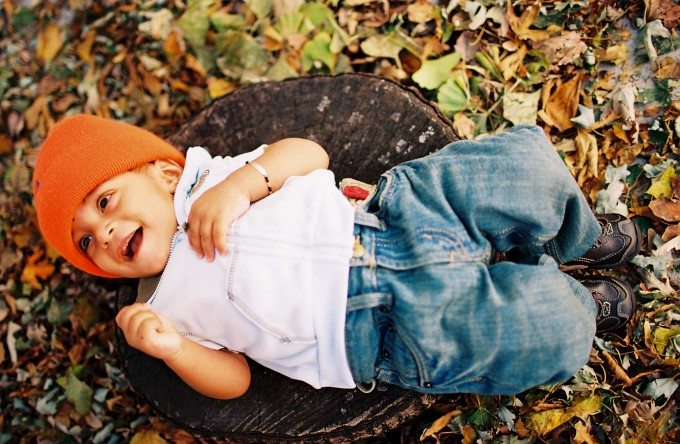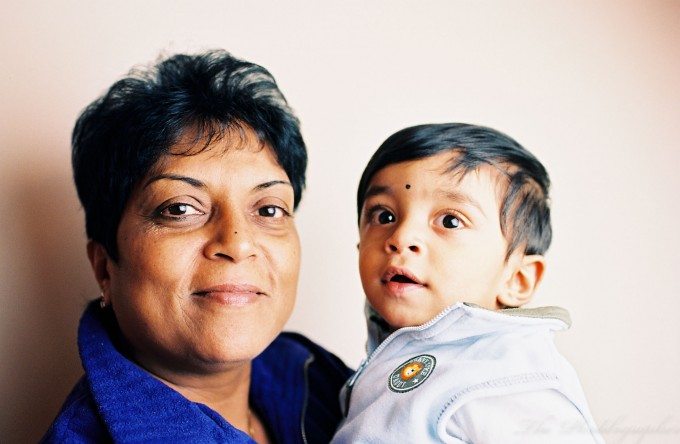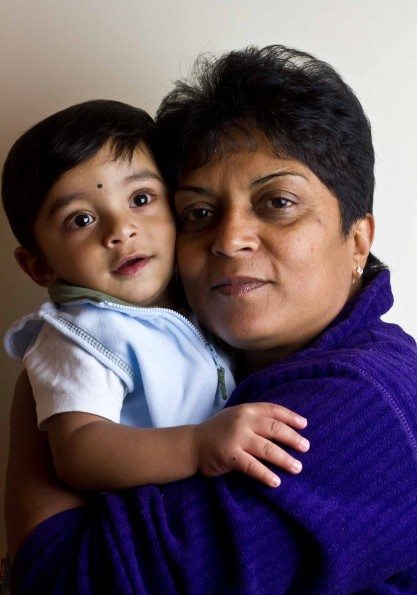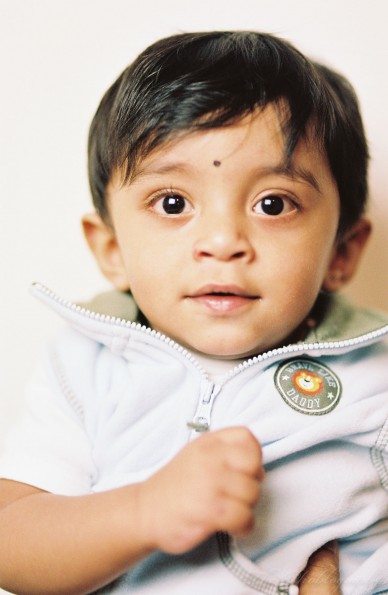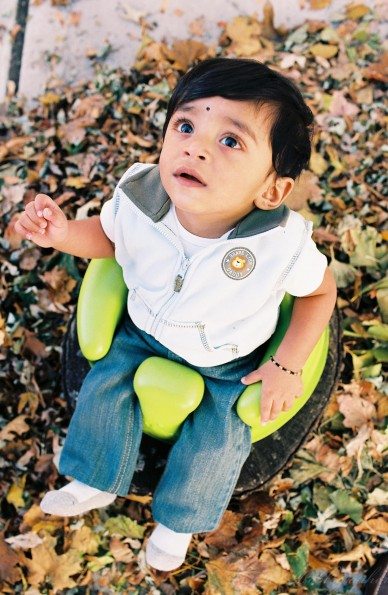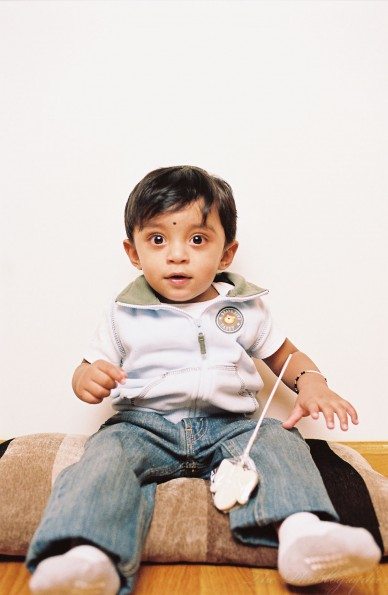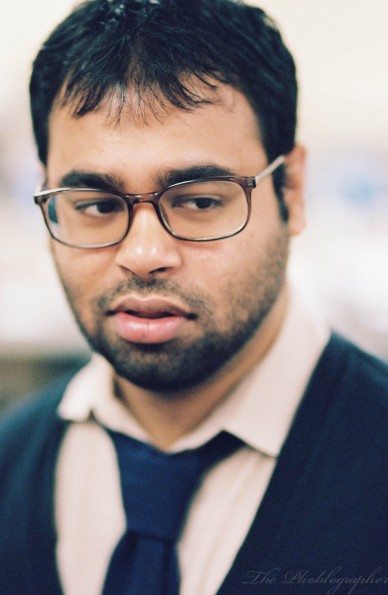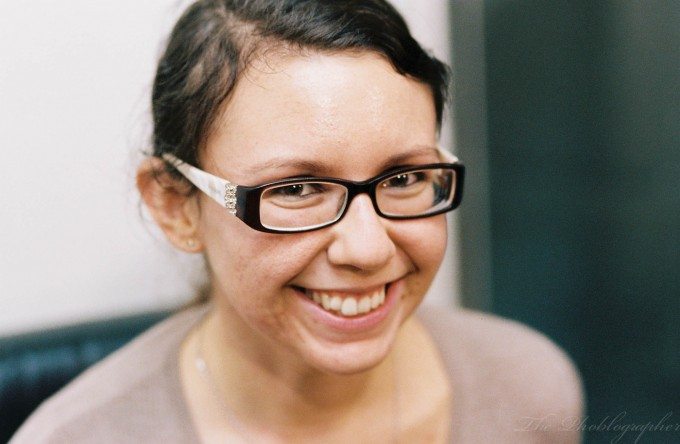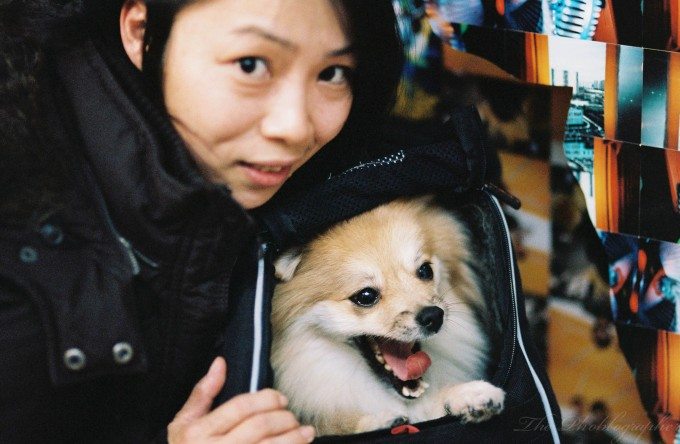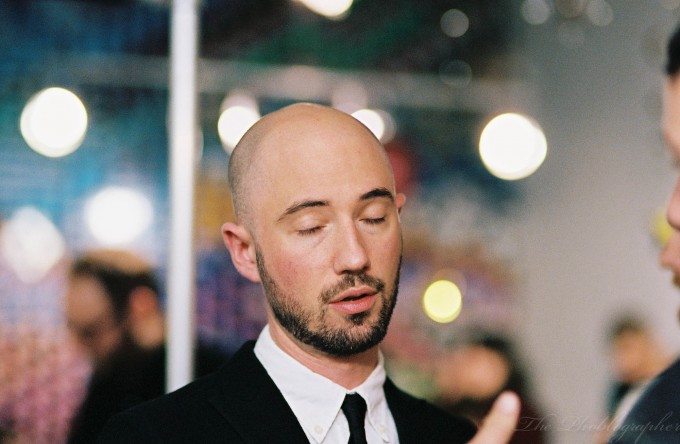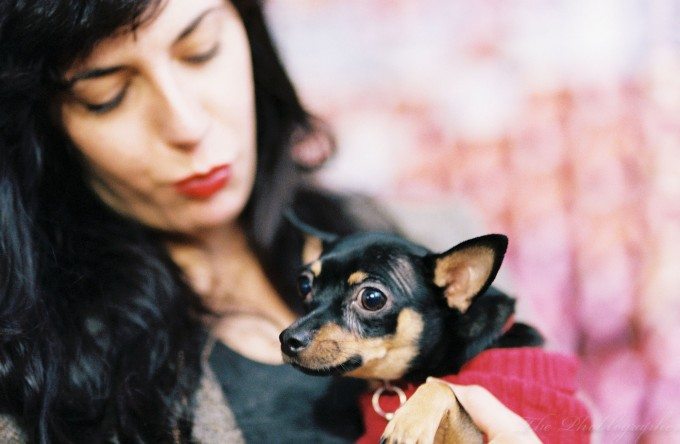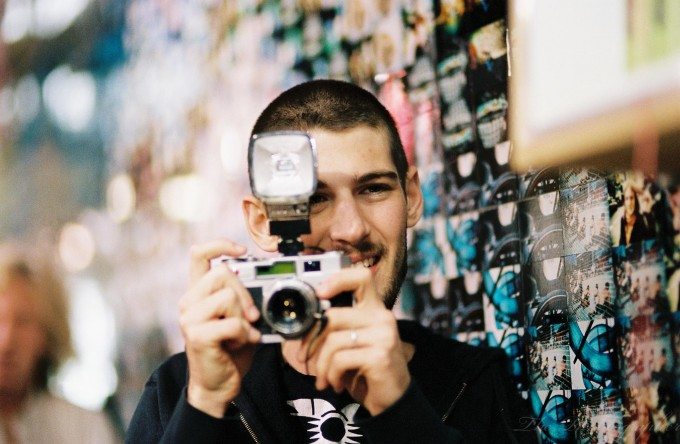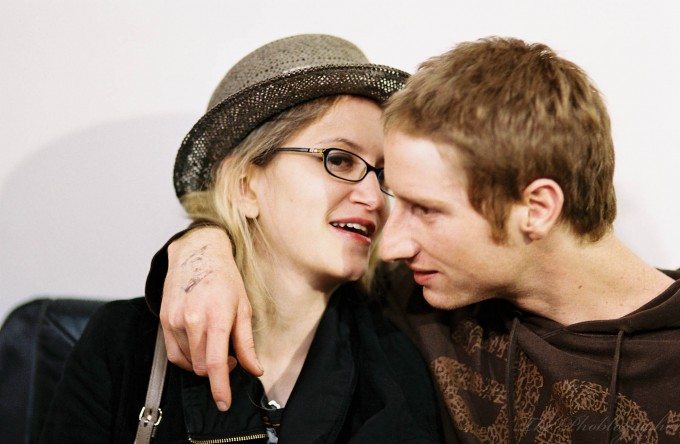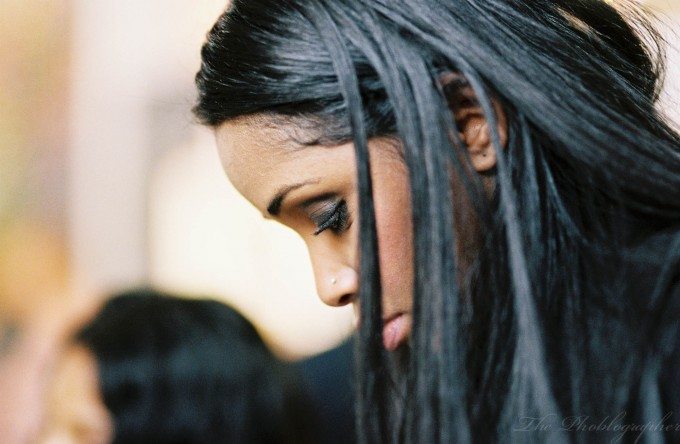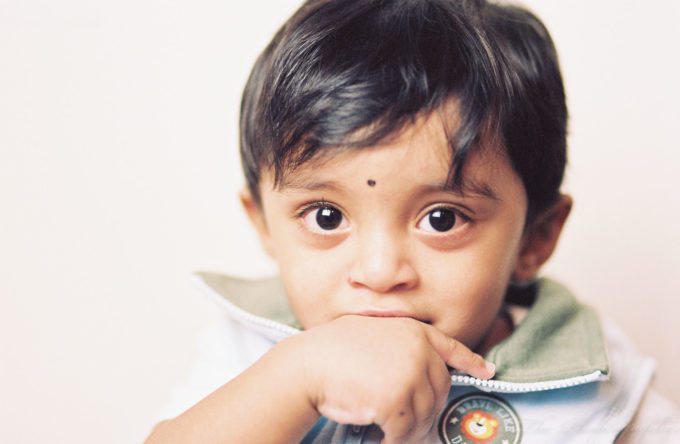
Not long ago, Kodak got in touch with me and wanted me to try out their latest Portra films: 160 and 400 in 35mm. At Photo Plus, I was also given a roll of Ektar to play with. Admittedly, I’ve mainly been a user of Portra 400, Tri-X 400, Fuji Pro 400, and Ilford XP2. However, I decided to give it a shot and reawaken the excitement that comes with not knowing what your image looks like until it comes back from the lab.
A giant thank you goes out to Nathan Blaney for letting me use his Canon 1N for this post. Blaney is a wonderful photographer, and you should take the time to look through his site.
Gear Used
Kodak Ektar 100
I used only one roll of Kodak Ektar 100, and decided to use it on a shoot of a just barely one year old boy. His parents wanted something different and they trusted my artistic abilities, so I used Kodak Ektar because I knew that the colors are very vibrant and saturated but that it still handles skin tones very well.
These photos were shot using the Canon 1N and 35mm f1.4 L and Sigma 85mm f1.4 EX. They were mostly shot wide open and I also had the Photogenic CL500 to the top of the image to give the image of the child a bit more fill. Balancing the ambient light and the artificial was a breeze.
I finished that roll inside the house where grandma came to hold Nathaniel and I had the Photogenic light camera right.
The photo above demonstrate just how sharp the film is and how well it retains details, skin tones, and gives true deepness to the colors. Notice grandma’s blue sweater and Nathaniel’s baby blue sweater. See how the film is able to capture subtle color and vibrant color?
If I remember correctly, this image was shot at f2.8 and I was able to make sure that they were in just the right area to get both of them in focus. It’s a shot that I’m truly proud of; despite my never shooting baby portraits.
Just for comparison’s sake, the above photo was shot with the Canon 7D and 35mm f1.4 L. Which do you guys prefer?
Kodak Portra 120
Don’t worry, I didn’t only shoot baby portraits. In fact, Kodak sent me many rolls of Portra 120 and 400.
However, I must comment on how much more subtle Portra renders skin tones vs Ektar. I love Portra, but I personally have more of a love with Ektar and never felt that I could get those gorgeous and wonderful Portra photos that everyone is used to seeing. But Portra renders skin tones more accurately overall.
One of the biggest features that is most notable about the new Portra is that it was designed to be scanned. And indeed, it scans very well. The sharpness is perhaps the best I’ve ever seen. These scans were resized for the web, but the TIFFs that CRC in Midtown Manhattan gave me were exceptional.
Interestingly, it seemed to render all colors more mute across the spectrum. Not a single color is punchy and the film lacks contrast. Indeed, this is a look that has been mimicked by post-production filters, apps, etc. In fact, we’ve got a bunch of some of those filters here. However, they fail to perfectly capture the real thing though they do come close.
This is still a great film for portrait photographers, but I believe it to be best in a studio scenario. I say this because this is where you have the most control over your lighting. Sure, natural light is nice, but it can also be tough to work with because of how the sun moves. If you are working with it in natural light, I recommend using a reflector that compliments your subject’s skin tones very well.
Despite being shot at f1.4, I believe that the film has exceptional sharpness and if you think that your lenses are sharp on digital you should take a look at how they perform with film.
Keep in mind that Portra 160 is a super slow film, but the results are very well worth the troubles.
Kodak Porta 400
I used Kodak Portra 400 at a Lomography party where the Lomokino was released. The entire area was very dimly lit and the only way that I got through this is because of my 580 EX II. Bouncing the light off of the ceiling at the right angles did wonders. You develop that talent after shooting weddings and events for a while.
Portra even renders the coats of dogs as muted. The Pomeranian in the image had a much livelier coat. However, his owner’s skin is spot on.
Shooting the party with the film made me realize one thing: Portra is beautiful. However, it is best used with a white background for your subject because of just how mute it renders the other colors besides skin. If you’re trying to capture your subject’s vibrant garbs, you may even want to spring for Ektar.
Portra though is excellent for headshots. That’s the main place where I would see it doing extremely well. I’ve used it before in my Yashica Electro 35 GSN, but that was for street photography and it was hit or miss.
This night, I shot with the Sigma 85mm f1.4 EX as a challenge to myself. Even though that lens was designed way after most film cameras are gone, it performs exceptionally well with the EOS 1N and film.
As I shot through the night, I wondered how it performed with different skin tones.
I got my change at once point. With darker skinned subjects, Portra even mutes their skin tones, but I think that your subject can still come out looking beautiful.
For the absolute best result, I believe that Porta, once again, needs you to control all sources of light.
Conclusion
Portra and Ektar are wonderful films. However, in the end, I’d personally stick to Fujifilm Pro 400H because of how well it renders skin tones yet keeps vibrant and saturated colors in tact vs Portra. Again, I’d use Portra only in a studio environment because of how picky I am with lighting situations, mixed lighting, etc. However, Kodak Ektar is absolutely lovely and I wish to get my hands on some Ektachrome soon if possible.
Please Support The Phoblographer
We love to bring you guys the latest and greatest news and gear related stuff. However, we can’t keep doing that unless we have your continued support. If you would like to purchase any of the items mentioned, please do so by clicking our links first and then purchasing the items as we then get a small portion of the sale to help run the website.


